Researchers at the University of Southern California have made a groundbreaking discovery in the field of artificial intelligence, developing artificial neurons that replicate the behavior of real brain cells. According to a recent study, the team built ion-based diffusive memristors that can emulate how neurons use chemicals to transmit and process signals, offering significant advantages in terms of energy consumption and size.
The breakthrough, published in a recent paper, describes the creation of an integrated spiking artificial neuron that can be fabricated using a single transistor, a diffusive memristor, and a resistor. This innovative design enables the development of neuromorphic computing systems that can mimic the complex processes of the human brain, potentially paving the way for more advanced artificial intelligence.
"We're excited about the potential of this technology to unlock the next leap toward true intelligent machines," said Dr. Yang, lead researcher on the project. "Our artificial neurons can learn and adapt in a way that's similar to how real brains work, which could be a game-changer for AI applications."
The researchers' use of ion-based diffusive memristors is a key factor in the success of their design. These devices can mimic the chemical signals that neurons use to communicate with each other, allowing for more efficient and compact computing systems. According to Dr. Yang, this technology has the potential to transform AI into something closer to natural intelligence.
The development of brain-like, hardware-based learning systems has significant implications for society. If successful, this technology could enable the creation of more advanced AI systems that can learn and adapt in complex environments, potentially leading to breakthroughs in fields such as healthcare, finance, and transportation.
The University of Southern California's cleanroom played a crucial role in the development of the artificial neurons, with the researchers fabricating the devices using a combination of traditional and cutting-edge techniques. The resulting chips are incredibly small, with each neuron occupying an active region of around 4 μm2.
While the technology is still in its early stages, the researchers are optimistic about its potential. "We're just beginning to scratch the surface of what's possible with this technology," said Dr. Yang. "We're excited to see where it takes us and how it can be applied to real-world problems."
The University of Southern California's research is part of a broader effort to develop more advanced AI systems that can learn and adapt in complex environments. As the field continues to evolve, it's likely that we'll see significant breakthroughs in the coming years. For now, the researchers at USC are focused on refining their technology and exploring its potential applications.


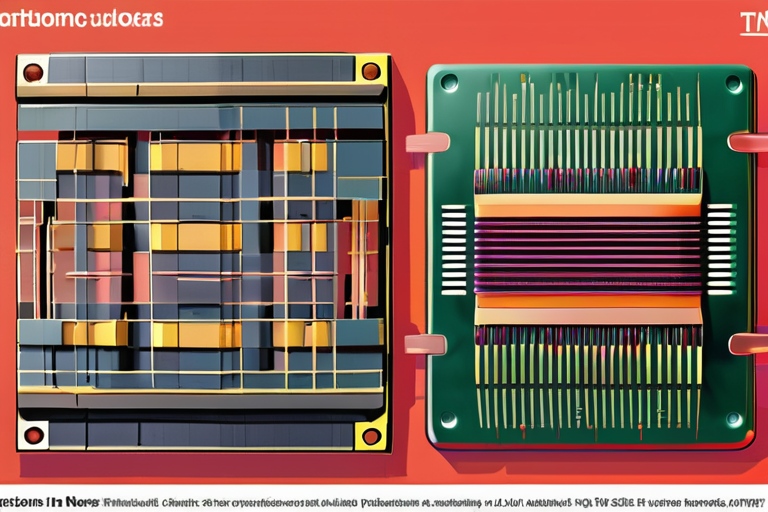
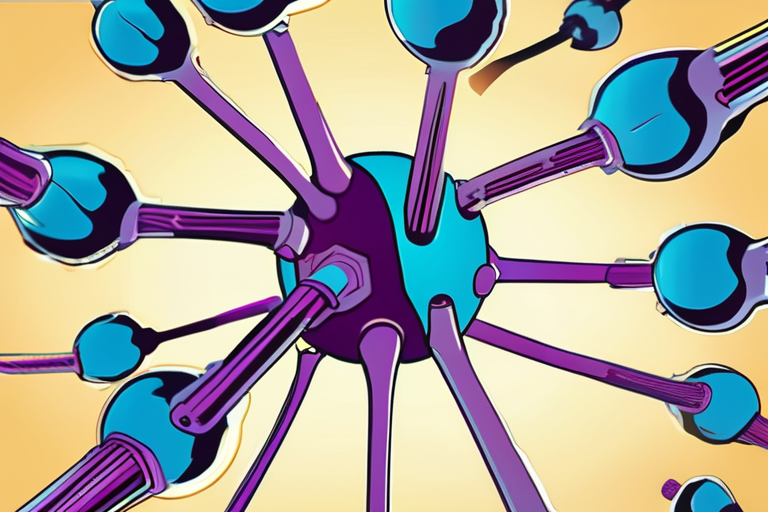





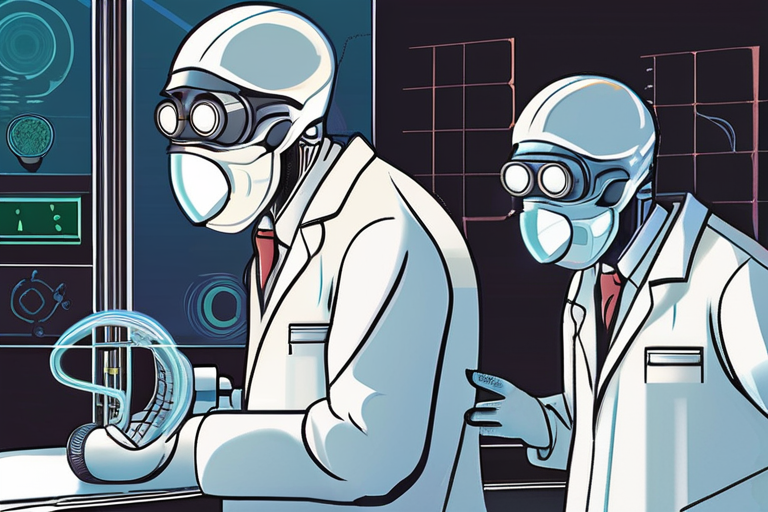
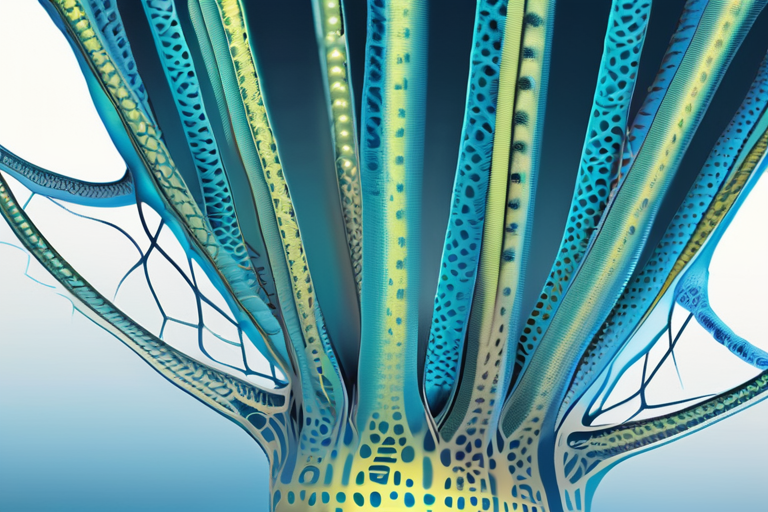
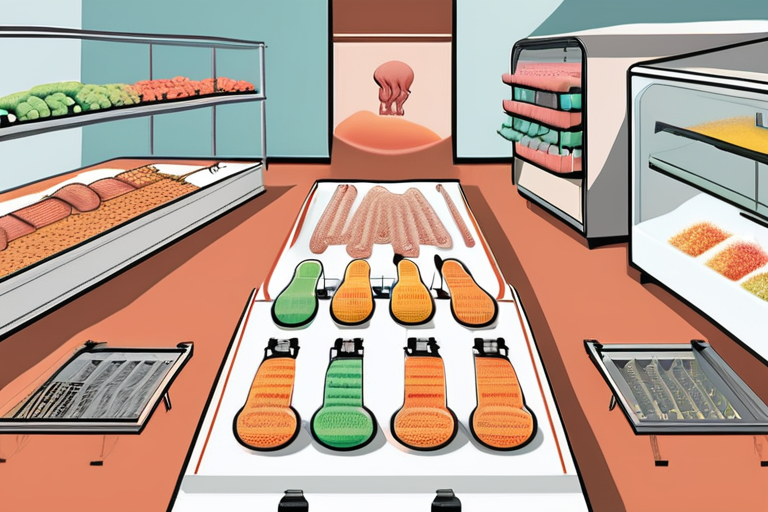

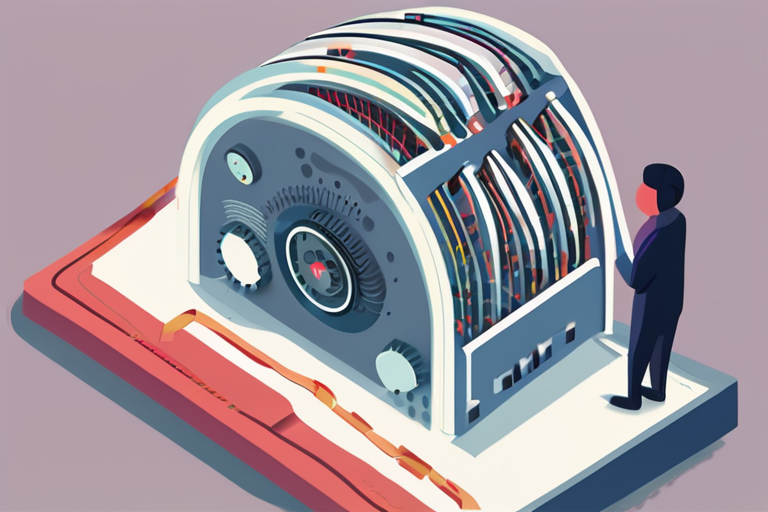
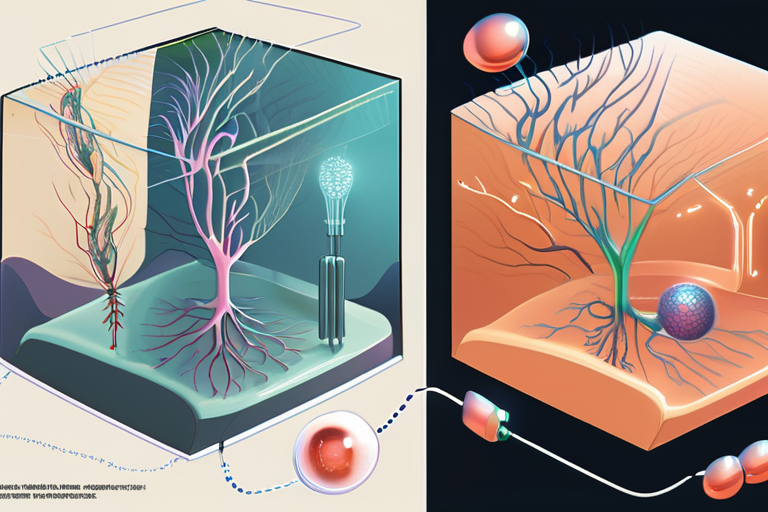
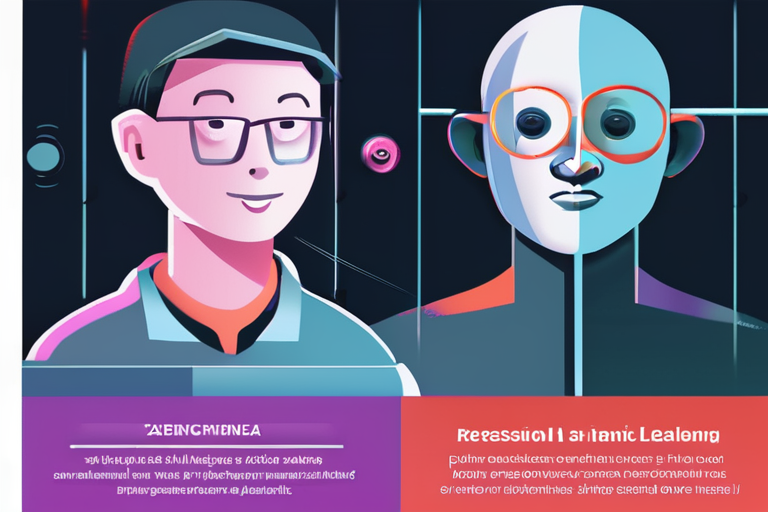
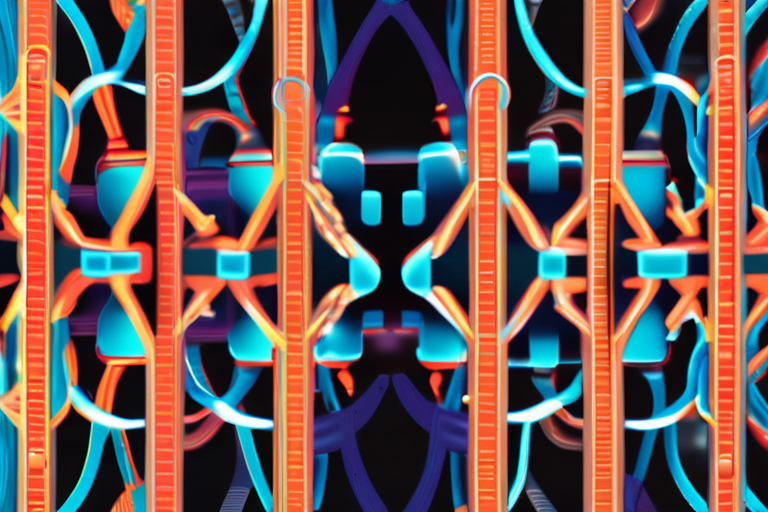
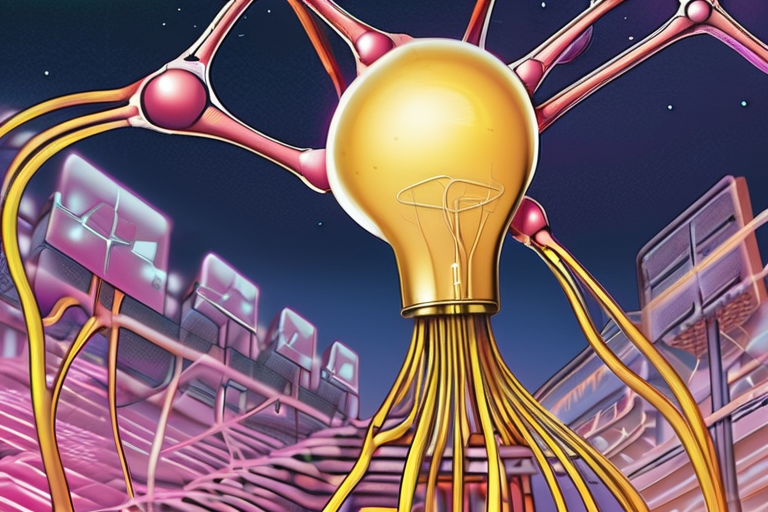
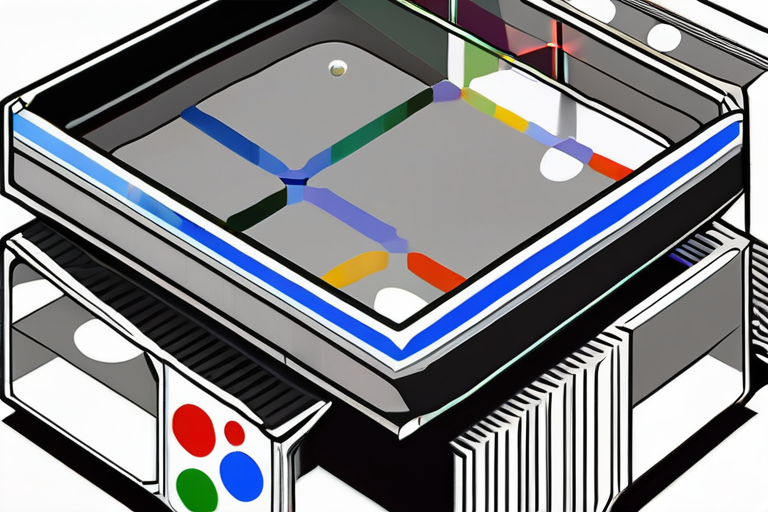
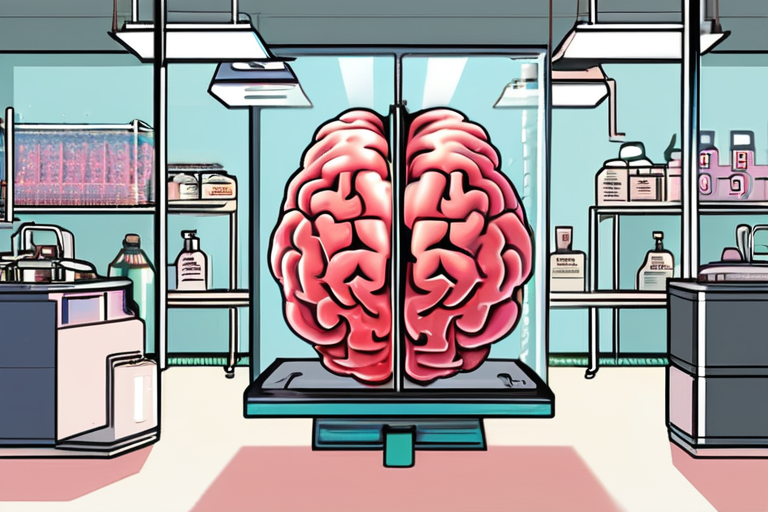
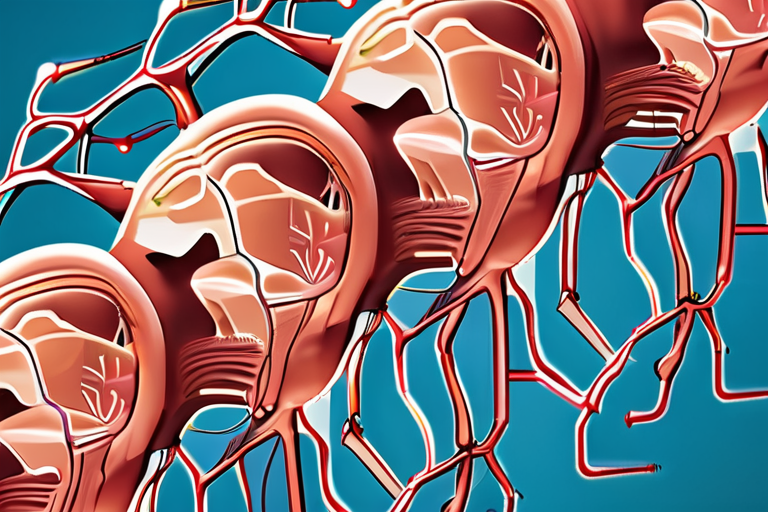





Share & Engage Share
Share this article